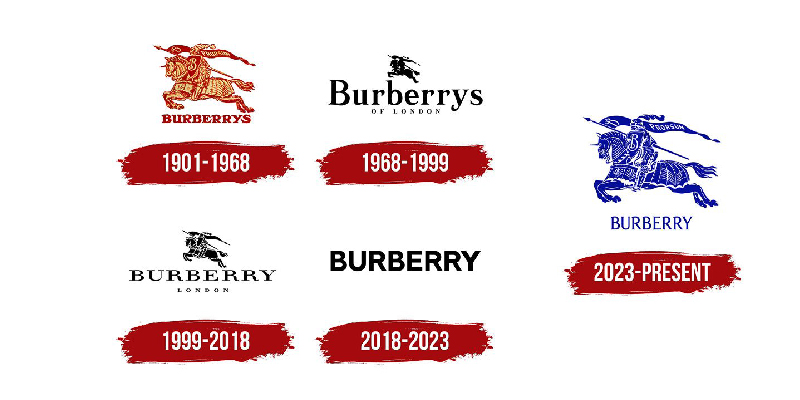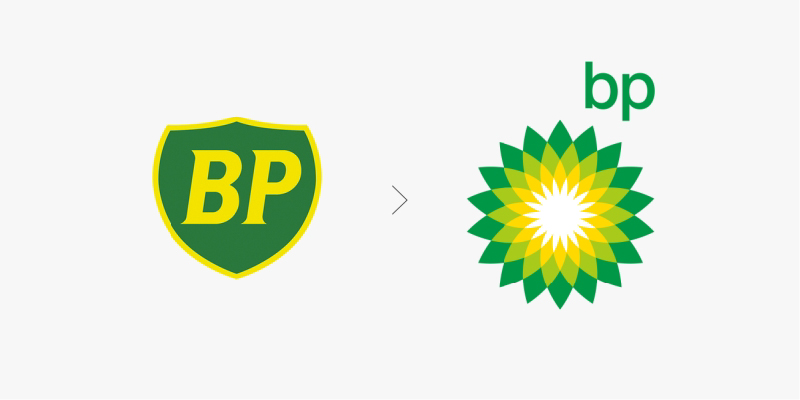
Viv Harries is the Founder of Vivi Creative. He works with businesses to give them the creative edge with unique designs and a solid brand identity.
recent posts
- What Is Branding? A Guide for Business Owners in 2025
- Thinking About Rebranding Your Business in Wales? Here’s What You Need to Know
- How to Build a Brand That Connects Emotionally with Your Audience
- How to Build a Website That Actually Converts Visitors into Customers
- The Ultimate Guide to Branding for Welsh Businesses in 2025

Rebranding: When and Why Your Business Needs It
One of the most effective ways to ensure your brand remains competitive and resonates with consumers is through rebranding. But how do you know when it's the right time to rebrand? In this blog post, VIVI Creative will explore the signs that indicate it's time for a rebrand, provide examples of successful rebrands, and discuss the outcomes that can be achieved through this transformative process.
Signs That Indicate It's Time for a Rebrand
Outdated Brand Identity
Visual Elements:
If your logo, colour scheme, or overall design feels dated, it may be time for a refresh. Design trends change, and what looked modern and appealing a decade ago might now seem out of touch.
Brand Voice:
An outdated tone or messaging that no longer resonates with your audience is a clear sign that a rebrand is necessary.
Market Changes
Industry Shifts:
Significant changes in your industry may necessitate a rebrand. For example, technological advancements or new regulations can alter the landscape, making it essential to adapt your brand to stay competitive.
Consumer Behavior:
Changes in consumer preferences and behaviors should prompt a reassessment of your brand. Staying attuned to your audience's needs and expectations is crucial for ongoing relevance.
Negative Associations
Public Perception:
If your brand has been involved in a scandal or has garnered negative public perception, a rebrand can help distance your business from these associations and rebuild trust.
Market Reputation:
Sometimes, despite best efforts, a brand can develop a poor reputation. Rebranding provides an opportunity to start anew and reshape public perception.
Expansion or Change in Offerings
New Products/Services:
Introducing new products or services that significantly differ from your existing offerings may require a rebrand to ensure your brand accurately reflects your expanded portfolio.
Market Expansion:
Entering new markets, whether geographic or demographic, may necessitate a rebrand to appeal to a broader or different audience.
Mergers and Acquisitions
Brand Integration:
When two companies merge or one acquires another, integrating the brands can be challenging. A rebrand helps create a cohesive brand identity that represents the new entity.
Inconsistent Branding
Lack of Cohesion:
If your branding lacks consistency across different platforms and touchpoints, it can confuse customers and dilute your brand's impact. A rebrand can help unify your brand identity.
Evolving Mission and Values:
As your company grows, its mission and values may evolve. Ensuring your brand aligns with these changes is essential for authenticity and connection with your audience.
Examples of Successful Rebrands and Their Outcomes

Old Spice
Original Brand Perception:
Old Spice was traditionally seen as a brand for older men, with a dated image and declining relevance among younger consumers.
Rebranding Strategy:
In 2010, Old Spice launched the "Smell Like a Man, Man" campaign featuring the charismatic and humorous character portrayed by Isaiah Mustafa. The campaign modernised the brand's image and appealed to a younger demographic.
Outcome:
The rebrand was a massive success, leading to a significant increase in sales and revitalizing the brand's image. Old Spice became a trendy and appealing choice for younger consumers.

Burberry
Original Brand Perception:
Burberry was seen as a dated British brand, primarily known for its trench coats and checkered patterns, which had become associated with counterfeit products and "chav" culture.
Rebranding Strategy:
Under the leadership of CEO Angela Ahrendts and creative director Christopher Bailey, Burberry underwent a rebrand that focused on modernising its image while preserving its heritage. This included revamping its product lines, increasing digital engagement, and emphasising its British roots in a sophisticated way.
Outcome:
The rebrand successfully elevated Burberry's status to that of a high-fashion, luxury brand. The company experienced significant growth in sales and expanded its global presence, becoming a favorite among celebrities and fashion enthusiasts.
BP (British Petroleum)
Original Brand Perception:
BP was seen as a traditional oil company with a focus on fossil fuels.
Rebranding Strategy:
In the early 2000s, BP rebranded with a new logo and the tagline "Beyond Petroleum" to emphasize its commitment to renewable energy and sustainability.
Outcome:
The rebrand aimed to position BP as a forward-thinking energy company, although it faced challenges due to subsequent environmental issues. However, the initiative did highlight the importance of sustainability in the energy sector.
A well-executed rebrand can make your business more relevant to current market trends and consumer preferences. It shows that your brand is adaptable and in tune with the times.
Enhanced Brand Perception
Rebranding can significantly improve how your brand is perceived by both existing and potential customers. It can help shed negative associations and position your brand more positively in the minds of consumers.
Expanded Market Reach
A rebrand can help you reach new markets and demographics. By updating your brand identity, you can appeal to a broader audience and attract new customers.
Competitive Advantage
A fresh and modern brand can set you apart from competitors. It can give you an edge in a crowded market and make your brand more memorable and appealing.
Renewed Employee Engagement
A rebrand can boost employee morale and engagement. It can instill a sense of pride and excitement among your team, fostering a stronger connection to the company's mission and values.
Improved Financial Performance
Successful rebrands often lead to increased sales and revenue. By attracting new customers and retaining existing ones, a rebrand can drive financial growth and stability.
Rebranding is a powerful tool for businesses looking to stay relevant, improve their market position, and achieve long-term success. By recognising the signs that indicate it's time for a rebrand and drawing inspiration from successful examples, you can transform your brand and achieve remarkable outcomes. Whether it's updating your visual identity, aligning with market changes, or overcoming negative associations, a strategic rebrand can breathe new life into your business and set the stage for future growth.
When considering a rebrand, it's essential to work with experienced professionals who understand your vision and can guide you through the process. At VIVI Creative, we specialise in helping businesses navigate the complexities of rebranding, ensuring that your new brand identity is not only visually stunning but also strategically sound. Contact us today to learn more about how we can help your business thrive through the power of rebranding.
Thanks for reading.



